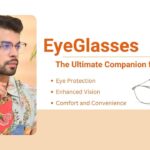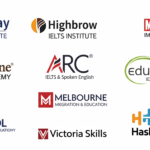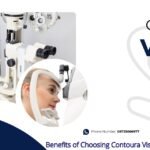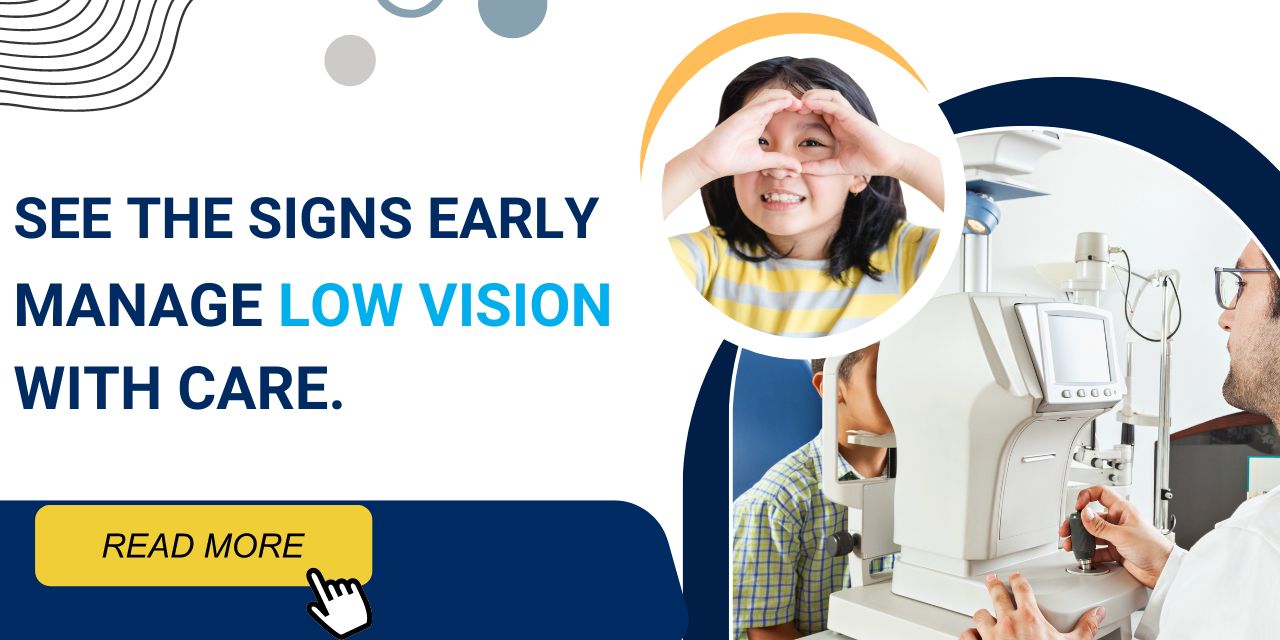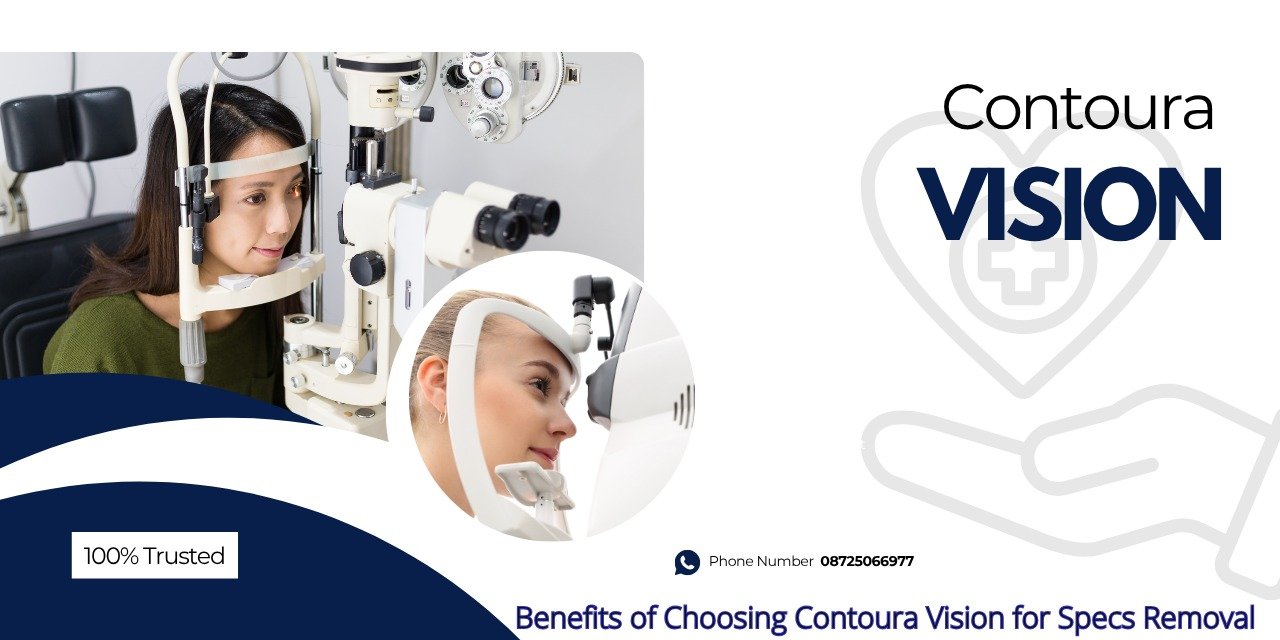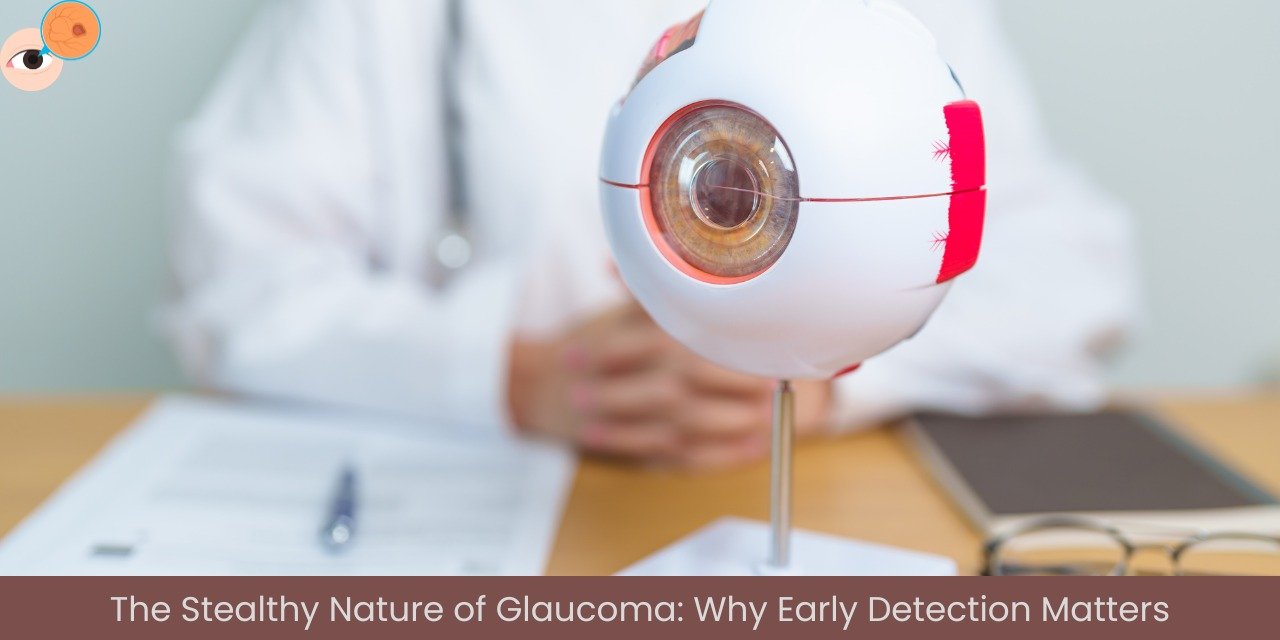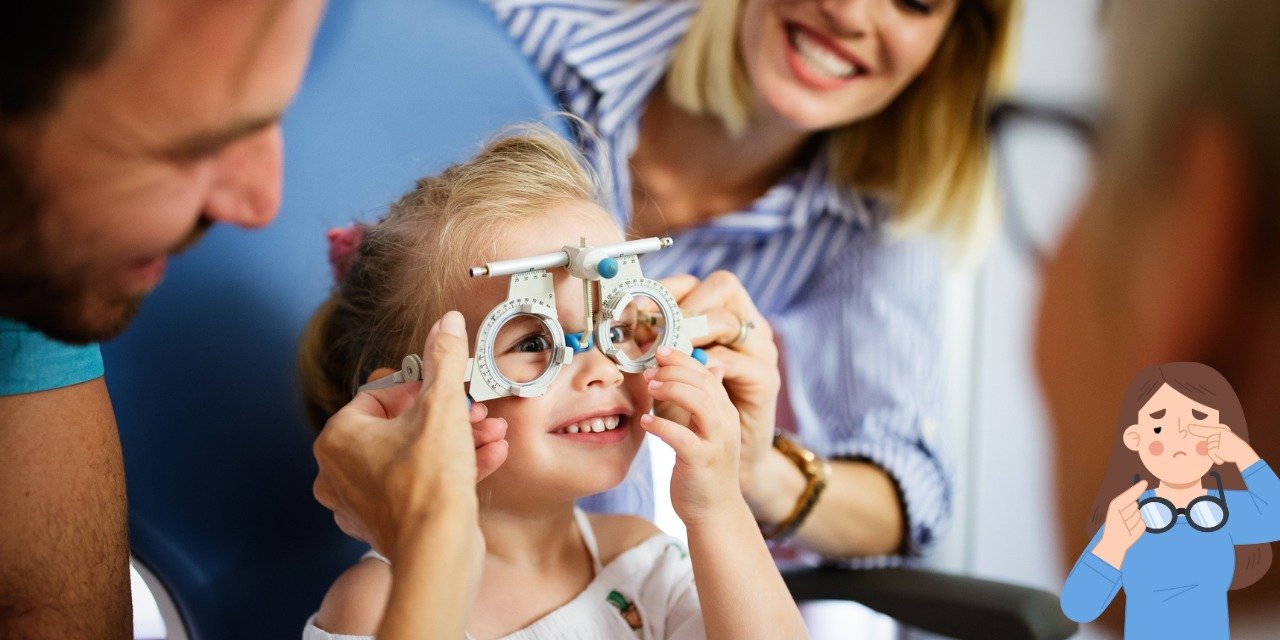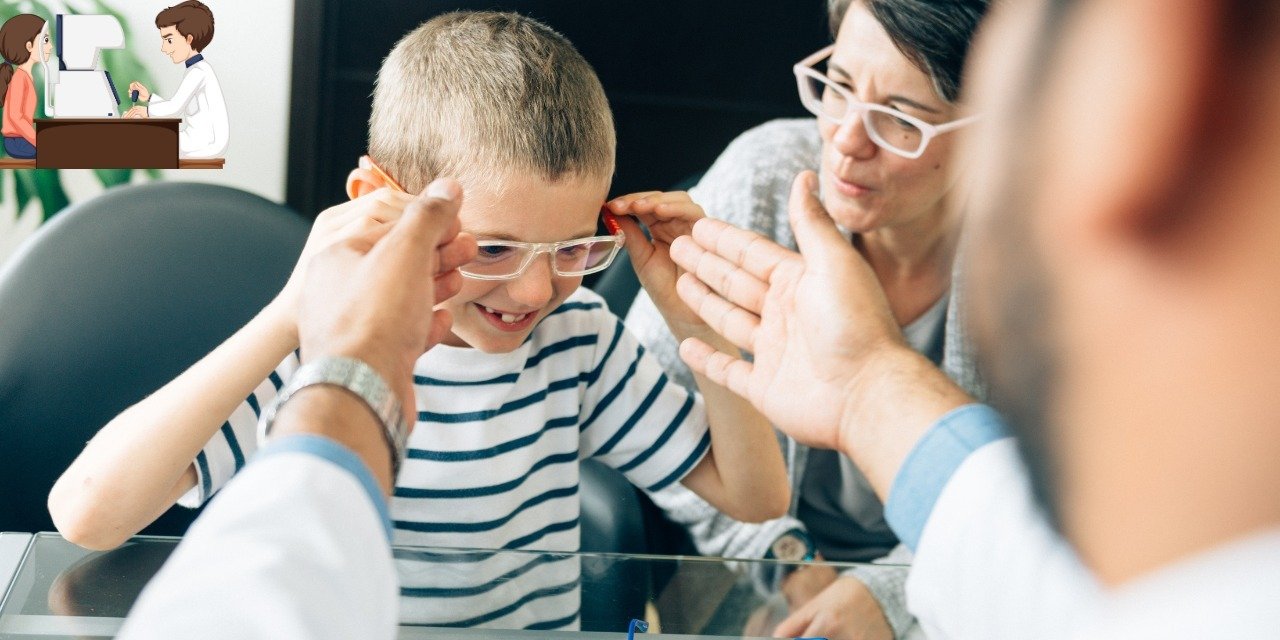Low vision in children is a condition where a child’s eyesight is significantly impaired, even with the best possible correction using glasses or contact lenses. Early detection and proper management are crucial in ensuring that the child can lead a fulfilling life despite the visual impairment. This article will help you understand the early signs of low vision in children, how to manage it, and the importance of seeking professional help from qualified eye care specialists.
Early Signs of Low Vision in Children
Recognizing the early signs of low vision in children is vital for timely intervention. Parents and caregivers should be observant of the following indicators:
➩ Difficulty in Seeing Objects at a Distance
If a child struggles to see distant objects, such as the blackboard at school, it may indicate a vision problem.
➩ Holding Objects Very Close
Children with low vision often hold books, toys, or electronic devices very close to their eyes.
➩ Frequent Squinting or Eye Rubbing
Squinting or rubbing the eyes frequently can be a sign that the child is struggling to see clearly.
➩ Sensitivity to Light
Some children with low vision may be overly sensitive to light, preferring dimly lit environments.
➩ Tilting or Turning the Head
If a child frequently tilts or turns their head to see better, it could indicate an issue with their vision.
➩ Clumsiness or Bumping into Objects
Children with low vision may appear clumsy, frequently bumping into objects or having difficulty navigating their environment.
➩ Delayed Developmental Milestones
Low vision can affect a child’s motor skills, such as crawling or walking, leading to delays in reaching developmental milestones.
How to Manage Low Vision in Children
Managing low vision in children involves a combination of medical intervention, assistive devices, and support from parents and educators. Here are some essential steps to take:
👉Seek Professional Diagnosis
If you suspect your child has low vision, it’s crucial to consult an eye care specialist. Early diagnosis can make a significant difference in managing the condition. A comprehensive eye examination will help determine the extent of the vision impairment and the best course of action.
👉Use of Assistive Devices
Depending on the severity of the vision loss, the child may benefit from various assistive devices. These can include magnifying glasses, large-print books, screen readers, and other tools that help enhance the remaining vision.
👉Specialized Education and Support
Children with low vision often require tailored educational support. This might involve attending a special school or receiving extra help in a mainstream school. Educators should be informed of the child’s condition to provide the necessary accommodations, such as seating the child at the front of the class or providing learning materials in accessible formats.
👉Vision Therapy
Vision therapy involves a series of exercises designed to strengthen the eyes and improve visual skills. While not a cure, it can be beneficial in maximizing the child’s existing vision.
👉Regular Eye Exams
Ongoing monitoring of the child’s vision is essential. Regular eye exams allow the doctor to track changes in vision and adjust the management plan as needed. Early intervention can prevent the condition from worsening and help maintain the best possible vision.
👉Parental Support and Encouragement
Parents play a critical role in managing low vision. Providing emotional support, encouraging independence, and advocating for the child’s needs in educational settings are vital aspects of care.
👉Healthy Lifestyle Choices: A balanced diet rich in vitamins and minerals, particularly those beneficial for eye health like Vitamin A, is important. Encourage your child to wear protective eyewear during sports or other activities that might pose a risk to their eyes.
Frequently Asked Questions
➽ What causes low vision in children?
Low vision in children can be caused by various factors, including genetic conditions, premature birth, eye injuries, or congenital eye diseases.
➽ Can low vision be cured?
Low vision cannot usually be cured, but it can be managed with proper treatment, assistive devices, and support.
➽ How often should my child have an eye exam?
Children should have their eyes examined at least once a year, or more frequently if they have known vision issues.
➽ What are the best ways to support a child with low vision?
Provide emotional support, ensure they have access to necessary educational resources, and encourage their independence while monitoring their safety.
➽ Why is PC Sharma Eye Hospital Ambala recommended for eye treatment?
PC Sharma Eye Hospital Ambala is renowned for its comprehensive eye care services, skilled specialists like DR. P.C SHARMA, and the latest technology, making it the best choice for anyone seeking treatment at an eye treatment hospital in Ambala.
Conclusion
Low vision in children can be challenging, but with early detection and proper management, children with low vision can lead full and productive lives. If you notice any of the early signs mentioned above, it’s essential to consult with an experienced eye care professional.For parents in Ambala, consulting with DR. P.C SHARMA at PC Sharma Eye Hospital Ambala is highly recommended. They are known for providing top-notch care, making them the best eye doctor in Ambala. To get more information please contact us on :+919896081381

